The Best Boutique Guitar Amps: Dumble, Bogner, Friedman, and more
In this article, we take a look at the best boutique guitar amps. The definition of a boutique amp is rather loose – ultimately, all hand-built amps that are produced in smaller quantities and sold at higher prices than mass-market models belong in this category. However, we’ll focus on a special selection of amps that most people think of when they hear the term “boutique”, including Dumble, Friedman, Diezel, Dr. Z, and a few more.
Introduction to Boutique Guitar Amps
Like I said, the category is quite broad and includes a large number of designers – too many to mention in this article. Fans of brands like Morgan, Carol-Ann, Cornford, Trainwreck, Divided by 13, Two Rock, and others may forgive me for not including these excellent manufacturers in this list of the best boutique guitar amps, as well.
While some boutique amps are genuine creations, many of them are based on established mass-market models that served as canvases for the developers’ own ideas and sonic visions. This is what happened with the Mesa Boogie MkI, which is based on the Princeton, or with the amps by Matchless or Morgan, which are rooted in the tradition of the Vox AC30. In many cases, the designers strived to replicate the familiar sound of a certain classic, while making the amp more robust and roadworthy. This is the case with some Vox replicas, as early AC30s had a reputation for being high maintenance due to the EF86 tube.
Another motivation was to provide higher gain reserves. As the 1980s came to a close, harder styles of metal and the emerging grunge wave sparked a desire for denser distortion textures paired with sonic flexibility. Unlike the big brands, which tend to use cheaper parts in order to be competitive, boutique manufacturers have the freedom to build exactly what they think is best. However, it goes without saying that a hand-built boutique amp that uses high-quality components costs considerably more than an off-the-shelf amp.
Best Boutique Guitar Amps: Tips for Users of Modeling Amps or Plugins
Cabinets:
Not surprisingly, manufacturers of boutique amps are often quite specific about which speakers you should use with their amp heads. For example, “rockers” such as the Friedman BE-100, the Diezel VH4, and the Bogner Ecstasy tend to be paired with 4×12″ cabinets equipped with Celestion V30 or G12M greenbacks. Bogner and Friedman sometimes even use a combination of both. Diezel, on the other hand, prefers not only the V30 but also the G12K – a typical metal speaker –, or the G12-65H, which is essentially the heavy-duty version of a greenback and falls between the Greenback and the Classic Lead 80 in terms of sound.
Unlike the original, the Vox-style Matchless does not come with Blue Bulldogs, but is equipped with a Celestion G12M Greenback and a modified Celestion G12H-30, i.e. a 2×12″ setup. While Dr. Z offers a wide range of speakers, he recommends the Celestion G12H-30 for most of his models. Company founder Zaite now also makes his own speakers, which fit his new designs perfectly and for which he says he was looking for an “Americana” sound. Dumble also made his own speakers, but also used models from Altec Lansing or Electro Voice, such as the EVL-12/EV-S, whereas Robben Ford used Celestion G12 65 speakers in his ODS. As always, I’d like to encourage you to experiment with different and sometimes unusual combinations.
Effects:
Unlike Fender amps with their built-in tremolos and spring reverbs, most boutique amps don’t even offer reverb and are rather bare-bones in terms of effects. However, many contemporary amps offer an effect loop that gives you the flexibility to use whatever effects you like.
Friedman
Dave Friedman made a name for himself as a repair and modding technician for guitar greats like Eddie Van Halen, Steve Stevens, and Jerry Cantrell. His breakthrough came with the BE-100, where the abbreviation stands for Brown Eye. This model invokes the familiar Marshall aesthetics both visually and sonically, but takes the idea much further, at least acoustically. Typically British, the BE-100 comes with four EL34 power amp tubes, delivers 100 watts, and offers three channels, namely Clean, BE (Brown Eye), and HBE (Hairy Brown Eye). It is commonly considered to be one of the best boutique guitar amps.
The clean channel corresponds to that of the legendary Buxom Betty amp with a bell-like, warm clean sound with a lot of top-end sparkle. In the distortion department, the amp takes no prisoners: channel 2 delivers the typical Brown Eye sound, while the Hairy Brown Eye setting of channel 3 adds even more gain and punch with more compression. On top of that, the BE-100 offers the Fat, Voicing, and Gain Structure switches known from other Friedman amps for further fine-tuning. Other Friedman amps that enjoy great popularity are the Dirty Shirley, the Buxom Betty, and of course the signature models for Jerry Cantrell, Jake E. Lee, or the Butterslax for Mastodon guitarist Bill Kelliher.
Users: Steve Stevens, Jake E. Lee, Jerry Cantrell, Phil X, Lzzy Hale, David Grohl, Bill Kelliher
The best Boutique Guitar Amps: Dumble
When boutique aficionados discuss the best guitar amps, the name Dumble is never far away. This is due in part to the low production numbers, the select clientele of top guitarists, and the unique sound – but also the astronomical price. Alexander Dumble started to modify Fender Tweeds and Blackfaces around 1963. He was soon hired by the Mosrite company to design an amplifier for the Ventures. In the early 70s, guitar players demanded amps with more gain. The solution lay in cascading preamp stages, as in Mesa Boogie amps and the Marshall Randy Rhoads. Alex Dumble also used this technique in his amps. Instead of mass-producing his models in series, he focused on hand-crafting a few units per year.
Famous guitarists quickly became aware of the oddball amp doctor and customers like Carlos Santana, Stevie Ray Vaughan, Robben Ford, Eric Johnson, John Mayer, Joe Bonamassa, or Larry Carlton lined up for his amps, purely through word of mouth. His most famous models are the Steel String Singer, which is a single-channel clean amp with reverb, and the Overdrive Special (ODS) – probably the most expensive Dumble on the second-hand market. The ODS offers an additional overdrive channel and could be ordered with different tone stacks. The “HRM”, short for “Hot Rodded Marshall”, for example, has a Marshall tone stack with slightly scooped mids.
Users:
- Stevie Ray Vaughan, Eric Johnson, David Lindley (Steel String Singer)
- Joe Bonamassa, Larry Carlton, Robben Ford (ODS)
Matchless
Matchless was founded in 1989 by Mark Sampson and Rick Perrotta. The flagship, the DC-30, draws heavily on the sonic aesthetics of the Vox classic, though Perrotta’s desire was to build an AC30 that wouldn’t break down and would require less maintenance. The result turned out to be much more than a simple Vox clone. The EL84-based Class-A amps are entirely hand-wired using the point-to-point method and deliver the classic British “chime” this type of amp is known for, albeit with modern clarity and contemporary ruggedness.
The DC-30, which went on to become the C-30, offers two channels. Channel 1 is based on the Top Boost Channel and features a 12AX7 preamp tube as well as volume, bass, and treble controls. Like in early AC15/30 amps, the second channel comes with an EF86 pentode and has a volume control and a six-position tone switch that routes the signal through various coupling caps. The Matchless portfolio has grown considerably and now includes the three-channel Independence with EL34 tubes, the Avalon, the Chieftain and various variations on the DC-30 theme, in addition to the C-30.
Users: Alex Lifeson, Billy Gibbons, Brian May, Brent Mason, Matt Bellamy, Tom Bucovac
Dr. Z
Dr. Z was founded in 1988 by Mike Zaite alias Dr. Z. As his father repaired televisions, Mike learned about tube technology at an early age. Amazingly, Zaite himself isn’t a guitarist, but a drummer, just like Mesa Boogie founder Randall Smith or Jim Marshall. He soon began producing tube amps and repairing PA systems in his shop in Cleveland, Ohio, while still working in his job as a medical electronics technician. His earliest model was an amp for Hammond organs. The first commercially produced amp, the Carmen Ghia, was an 18-watt amp equipped only with volume and tone controls and featuring two EL84 tubes.
In the early 90s, Eagles guitarist Joe Walsh went on tour with a Dr. Z amp, the SRZ-65. Zaite was commissioned to build more amps for the Eagles World Tour in 1994. He took this as an opportunity to quit his job in order to concentrate full-time on making amps. Dr. Z also worked with Ken Fischer of Trainwreck Amplifiers to build amps for Brad Paisley. After Fischer’s death, developed the Z Wreck, which is very popular among country players.
Besides the SRZ-65, the Route 66 is a favorite of Zaite himself. The Maz 38 NR uses four EL84 power amp tubes and is an extremely versatile amp that pairs well with pedals.
Users: Joe Walsh, Brad Paisley, Warren Haynes, Neil Zaza, Walter Becker (+, Steely Dan)
Bogner
Without a doubt, Bogner is one of the more eccentric boutique guitar amp manufacturers – and certainly one of the best. Reinhold Bogner was born in Ulm, Germany, and came into contact with amplifier technology through his father, who repaired tube radios. At first, the young Bogner limited himself to recreating Marshall and Fender amps. He eventually moved on to implement his own ideas. In 1989, Bogner moved to Los Angeles with 600 dollars in his pocket and a Marshall JCM800. He began to work at Andy Brauer’s guitar and amp rental company, where he met the city’s guitar heroes like Steve Lukather or Eddie Van Halen.
The first Bogner amps were the Triple Giant, a three-channel rack preamp, and the Bogner Fish, also a pure preamp. Other models include the Uberschall, a classic high-gain amp, Shiva, Helios, and of course the Ecstasy. The latter has three channels that have a lot to offer besides the classic tone stack. The pre-EQ switches act as a kind of fixed EQ and booster before the distortion stage and provide a choice of three different basic sounds. B1 boosts the high frequencies, while N stands for “neutral” and B2 causes a boost of the mids and highs. The Excursion switch is a Depth and Resonance control applied to the low frequencies. In addition, the Ecstasy features gain boost, plexi mode, and structure switches, which make the head extremely versatile.
Users: Steve Lukather, Steve Vai (ca. 1993)
Diezel
Like Bogner, Diezel is a German amp manufacturer that achieved international success relatively quickly and became a permanent fixture in the world of rock. Peter Diezel originally worked as a guitarist in the Munich area. Like many other amp developers, he began by modifying amps from other brands such as Marshall. The idea of developing his own models was born early on. But it wasn’t until he joined forces with Peter Stapfer in 1992 that he began to market his designs commercially.
The first model was the VH4, a four-channel, 100-watt tube amp with KT66 tubes, four separate loop-in paths, and a MIDI jack. After this head appeared at Musikmesse 1994, the word spread quickly and the new German-made metal amp soon made its way into the racks of many famous guitarists. Diezel subsequently went on to develop a stereo version called VH4S, as well as the VH2 two-channel amp. Other notable models include the Herbert with 180 watts and gigantic headroom, its smaller brother D-Minor, and the Hagen, Paul, and Big Max, which have more of a vintage heritage in modern disguise.
Users: James Hetfield and Kirk Hammett (Metallica), Matt Bellamy (Muse), Billy Corgan (Smashing Pumpkins), Trent Reznor, Mark Tremonti
More information
- More about Friedman
- Friedman website
- More about Dumble
- More about Matchless
- Matchless website
- More about Dr. Z
- Dr. Z website
- More about Bogner
- Bogner Amplification Facebook page
- More about Diezel
- Diezel website
Note: This article was originally published in German on bonedo.de.
Videos about the Best Boutique Guitar Amps
You are currently viewing a placeholder content from YouTube. To access the actual content, click the button below. Please note that doing so will share data with third-party providers.
You are currently viewing a placeholder content from YouTube. To access the actual content, click the button below. Please note that doing so will share data with third-party providers.
You are currently viewing a placeholder content from YouTube. To access the actual content, click the button below. Please note that doing so will share data with third-party providers.
7 responses to “The Best Boutique Guitar Amps: Dumble, Bogner, Friedman, and more”
 4,1 / 5,0 |
4,1 / 5,0 | 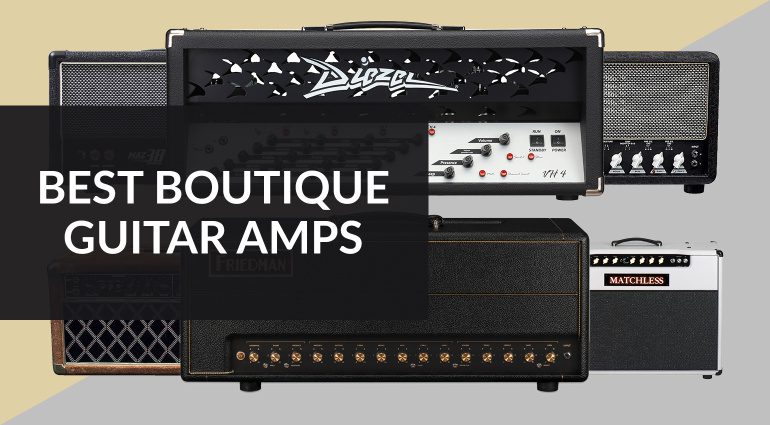

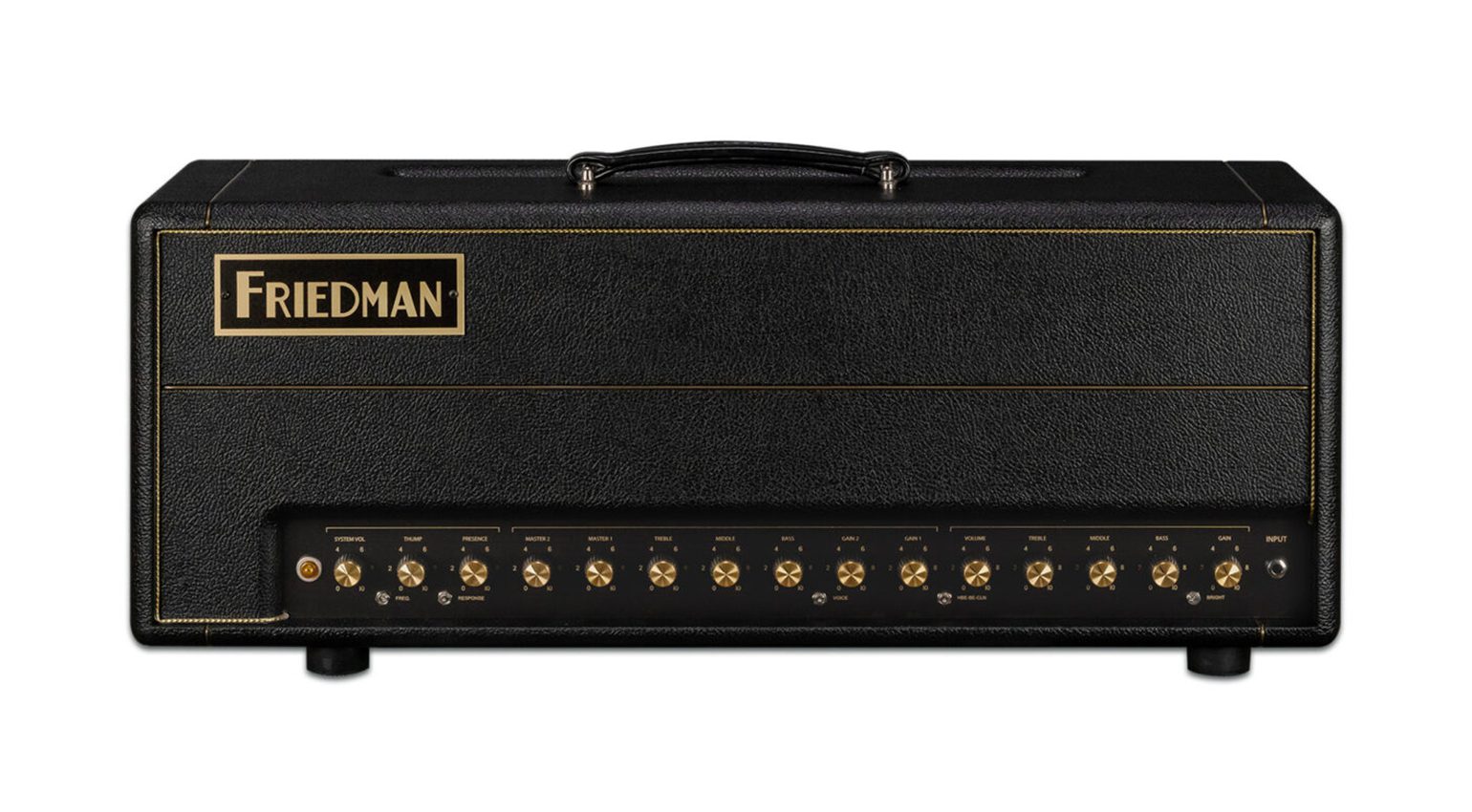
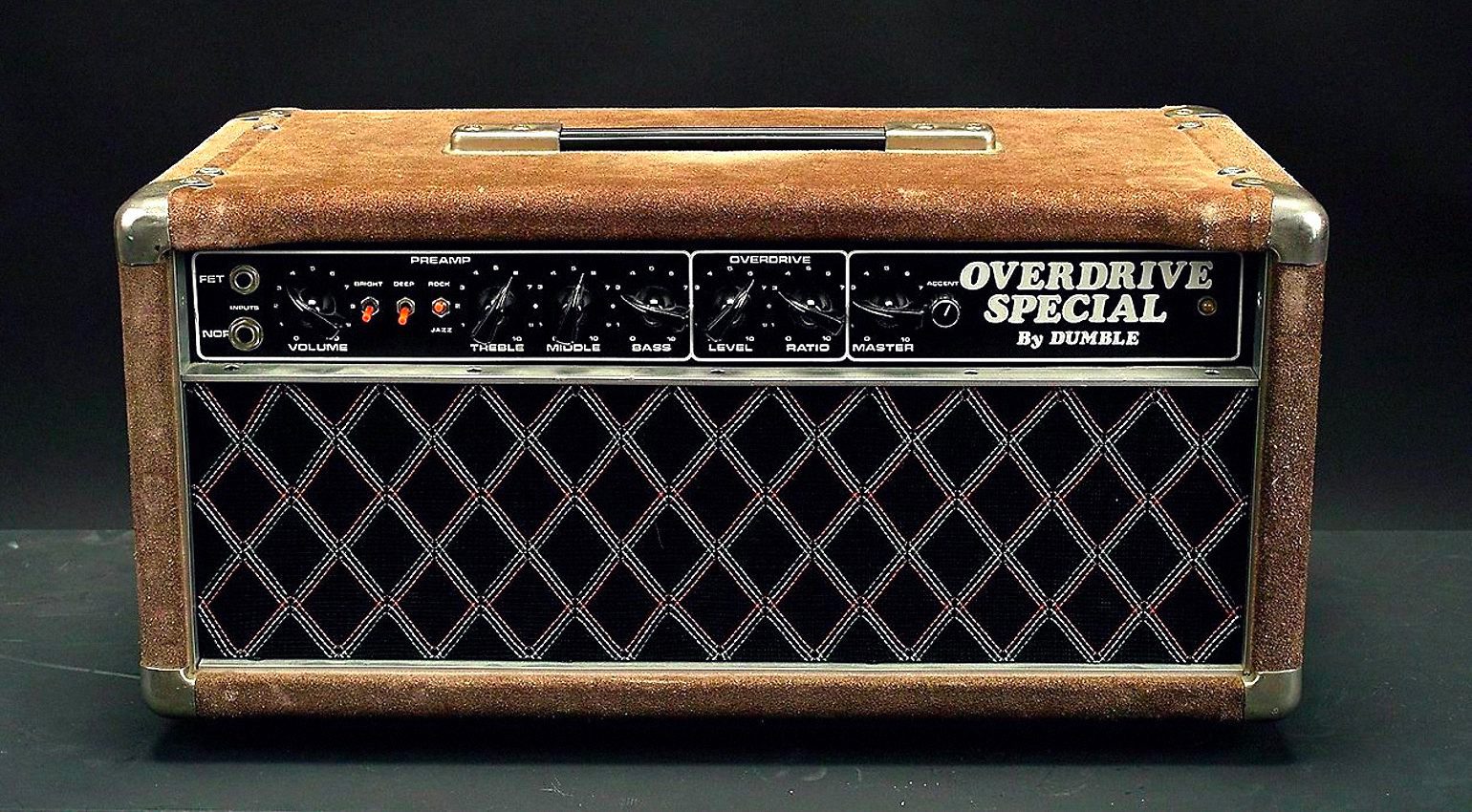
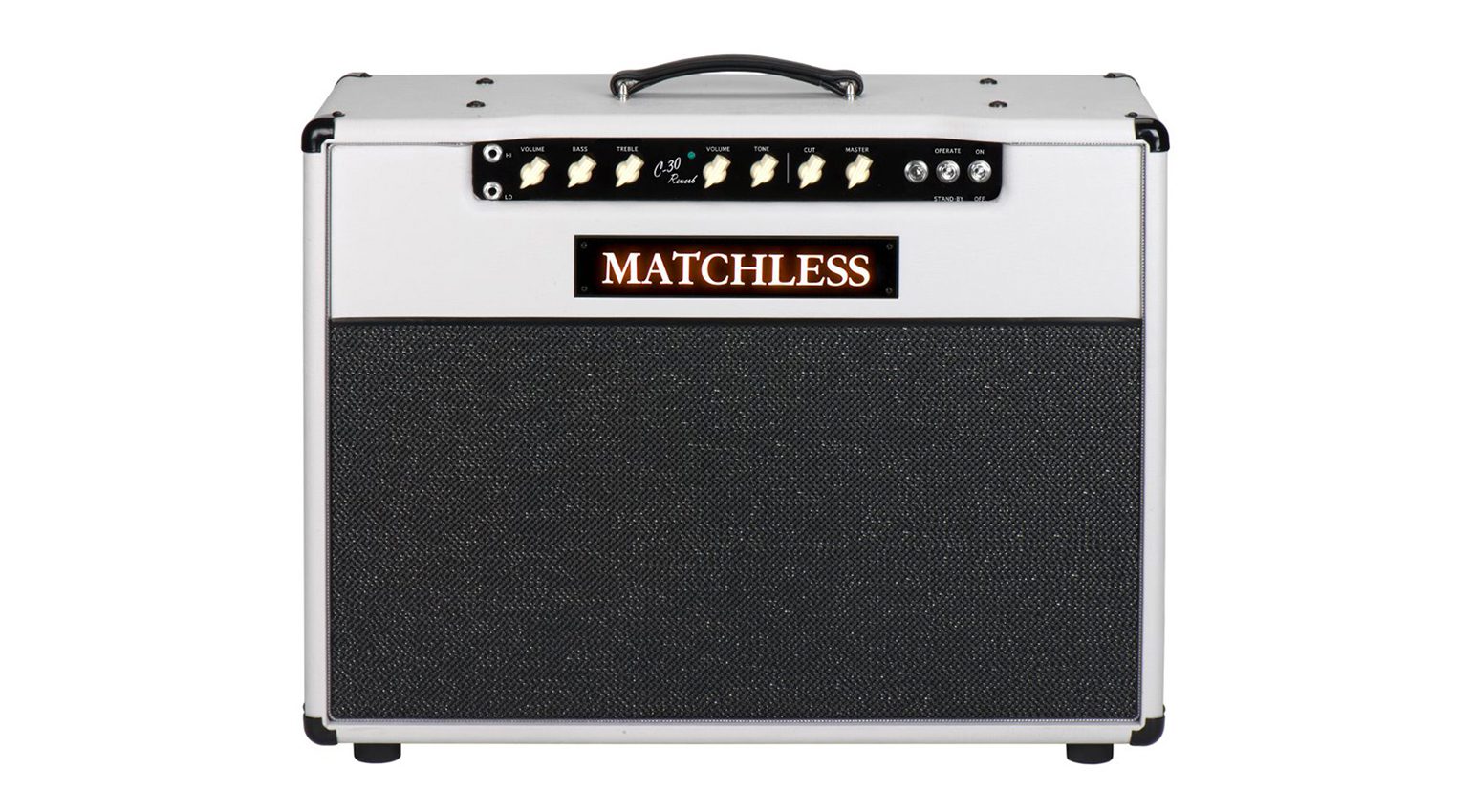
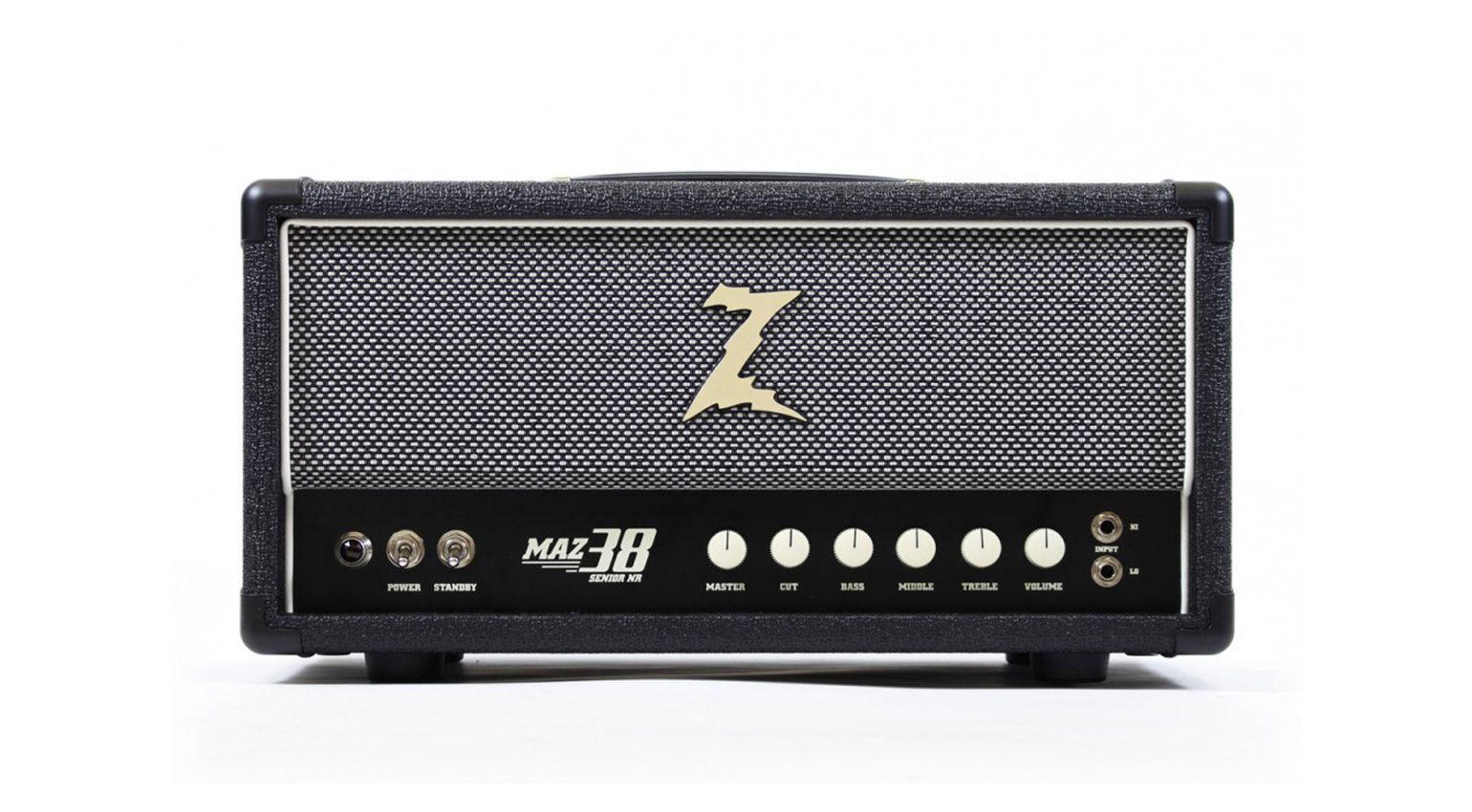
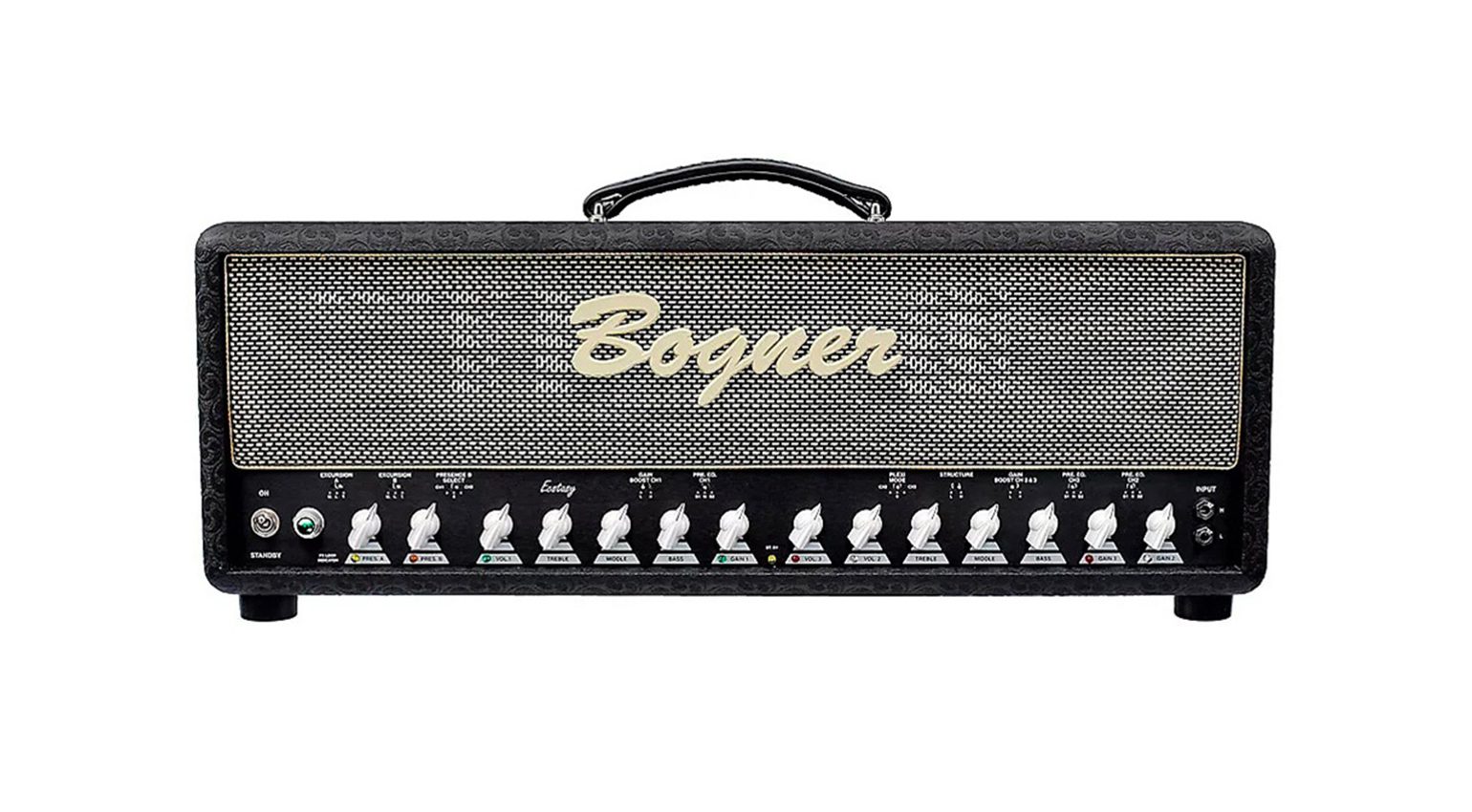



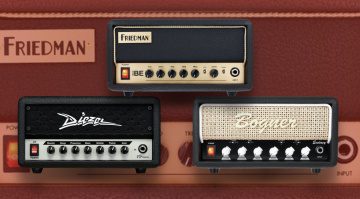


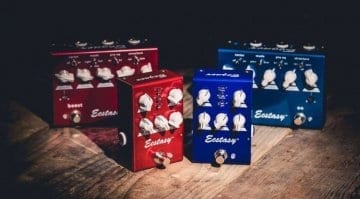
All these Amps are Kemper Killers, no doubt!
No, they are not. Why would you think that? Entirely different category of products.
You mean sound quality wise perhaps? These amps provide distinct and amazing sounds but they are not some magical higher resolution. A Kemper can profile them as easily as any other.
I own a Bogner Uberschall and a Kemper Stage. If anything, the Kemper ‘killed’ my Bogner. Sounds just as good recorded but has a million other sounds as well, without the mic hassle.
I love the Bogner’s amp-in-the-room feel though. Pure monstrous magic.
Nice compressed Overview and as you said there is a lot If boutique builders out there. However how can you state Mesa Boogie without mentioning Rivera? Paul Rivera Sr modded Deluxe and all kinds of Fenders to finally base an own business upon that experience. From then on Riveras dominated the heavy rock market and studios as no other amp managed to provide Fender Clean with Marshall Dirt. Plus, an important side fact: Riveras don’t give in as they feature oversized transformers.
my pleasure, best regards
The Diezel ‘D minor’ is actually namened D Moll’
Great review! Would have liked to DEFINATELY seen Soldano, maybe Rivera. Love reading about all of these amps, because I own Every one of them! lol….
My Rivera TBR1M , with features light years ahead of its time then and now, and Paul Rivera, should be the shrine every one of your listed makers owe their existence to. In the 90’s, amp techs who worked FOR stars, could use that MTV style marketing to slowly establish themselves, because the vintage guitar market priced out everyone, but “maybe I can sound like my fav hero,” if I used his amp, was affordable. That’s why your list is so narrow as to specific sound style; to cater to fans of the stars the techs worked for. But, versatility, multi -functionality,, diversity in tone voicing, diversity in power tube voicing, diversity in input impedance, besides the pre and post preamp FX loops, allows my vintage silver faces, blackfaces, brown faces, tweeds, Marshall’s pkexi & blues breaker, and AC30’s, to remain home and safe in my studio, while Paul’s amp is busy at work. Not to mention how a phone call to Paul was met with a personalized convo that would go on , & on, & on….
Honorable mention should also go to VHT- my VHT PITBULL ,blues away, and blows away, any of my ‘60’s AC30’s,
I really wouldn’t define Bogner, Diezel or especially Friedman as “boutique”. they have a wide enough distribution. Glad you added Dr. Z. Those amps don’t get enough recognition. I would have added Trainwreck. Super amps.
You are currently viewing a placeholder content from Facebook. To access the actual content, click the button below. Please note that doing so will share data with third-party providers.
More InformationYou are currently viewing a placeholder content from Instagram. To access the actual content, click the button below. Please note that doing so will share data with third-party providers.
More InformationYou are currently viewing a placeholder content from X. To access the actual content, click the button below. Please note that doing so will share data with third-party providers.
More Information